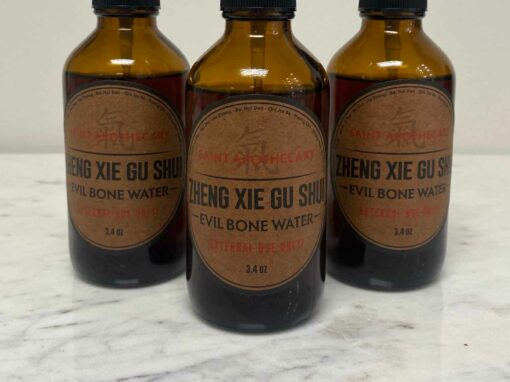Acupuncture is the insertion of filiform needles into specific points on the body for the treatment of various conditions. Acupuncture has existed for over 2,500 years and is supported by modern science. While acupuncture can be used to treat many different conditions, it is most commonly used for pain.
Acupuncture has existed for over 2,500 years and is Supported by Modern Science
Each year, new studies are published that demonstrate the effectiveness of acupuncture for the treatment of pain, like this one posted by the American Society of Anesthesiologists. But, how does acupuncture work? Keep reading to learn how acupuncture works to ease pain, encourage healing, and improve your body’s overall function.
Table of contents
Acupuncture Relieves Pain — And Improves Muscle and Nerve Function!
Acupuncture is known for its ability to reduce pain and enhance both muscle and nerve function. This is particularly evident in cases involving neuropathy and post-stroke patients. By helping nerves to fire correctly, acupuncture not only alleviates pain but also supports improved muscle performance.
Although its exact mechanism is not fully understood, there are several theories that shed light on how it works. One prominent theory suggests that acupuncture increases nerve signaling. When needles are inserted, they activate receptor sites, or neural nodes, triggering the release of natural opioids and endorphins. Additionally, this process enhances the brain’s receptiveness to these chemicals, providing further therapeutic effects. These actions demonstrate the broader benefits of acupuncture on the nervous system and its role in restoring function.
Acupuncture for Immune Support
In addition to increasing neurotransmitters, acupuncture needle insertion also stimulates our immune system, drawing our bodies attention to the affected area and activating the normal healing cascade. This mechanism of action is often seen in chronic pain syndromes.
When you have an injury, your body triggers an inflammatory cascade to protect the injury, then attempts to repair the damage. Sometimes, the injury doesn’t fully heal and you are left with chronic pain. The insertion of a sterile needle, which is a foreign object to your immune system, can re-trigger the repair process which can then help heal the chronic injury.
Acupuncture and Fascia
Needles are also thought to work on the fascial layer of the body, which is the cellophane — like wrapping surrounding our muscles. The fascia connects virtually all muscles in our body and is an essential part of our structural support system.
Fascia works by tensegrity, like the Brooklyn Bridge in Manhattan, which means its strength is dependent on the tension between its component parts. Just like touching a spider’s web, if you pull on one corner, it moves the whole system. This explains how acupuncture needles are able to affect the body’s structure and how a needle inserted into your foot can change your headache.
Acupuncture for Muscle Tension
Similar to fascia, needles can also be directly inserted into muscles to release tension and “knots” that may have accumulated. We use this technique more for acute injuries or injuries that become chronic from overuse. This technique is similar to dry needling.

Research Continues, But Acupuncture’s Pain Relief Is Proven
The research around how acupuncture works is continually changing and there are more theories on how it works than those we’ve listed here. These are the ones we’ve found to be most relevant to our daily practice. The most important thing is that acupuncture is a very effective tool to treat any kind of pain!
Ready to try Acupuncture to Relieve Your Pain?
You deserve to be pain free! Head to our booking page and schedule your first appointment. If you’d like us to check your insurance benefits, we’d be happy to take care of that for you. Many insurance plans in Washington, DC cover acupuncture for pain relief. Our acupuncture clinic in Washington, DC is in-network with CareFirst/BlueCross and Aetna. We also bill out of network plans for you as well so you can focus on feeling better, not dealing with insurance.



